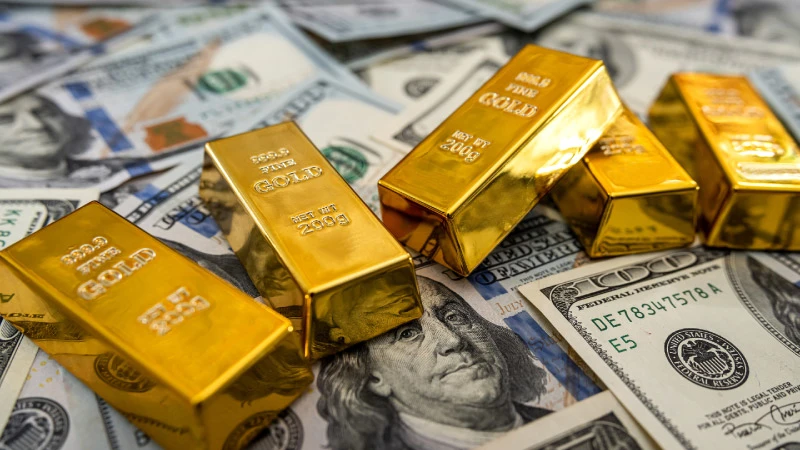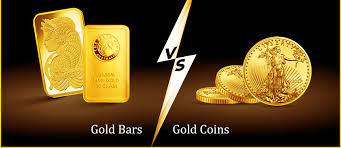This note discusses the factors that will affect the prices of gold and silver in the future. Needless to say, these factors are significant. Based on them, we can conclude that, despite the fall in the price of gold below the support level of $1,300 (to $1,250), supply and demand indicators always support its rate. In fact, these figures will rise to highs next year and beyond. It will also be shown that a similar increase will occur in all currencies, as they weaken their positions in relation to the gold rate.
The structure of the gold price
Few people know the structure that determines the price of gold. Most people believe that this rate reflects a balance between supply and demand. This provision is based on the fact that up to 95% of supply and demand are agreed between the buyer and sellers, and the unforeseen, last 5% (which is referred to as marginal supply) are sent by producers to the markets in search of buyers. Similarly, buyers typically purchase 95% of the gold they need directly from gold refineries.
2) They believe that gold is money and prefer to keep it in the long term, because they have doubts about the stability of national currencies in relation to gold. The yellow metal competes with fiat currencies as it is an effective store of value. Keep in mind that gold has served this role for thousands of years, while fiat currencies not linked to gold only appeared in 1971.

Speculators typically enter the physical gold market because they want to own the yellow metal for short term profits or to sell the metal to buy it at a lower price later (also for profit). Speculators do not care about the factors that affect gold (supply and demand), just like any other commodity.
COMEX exchange in New York
The COMEX exchange is not just a commodity exchange. This is the financial market. The gold market on this exchange is not a physical gold market. This is a place where participants make financial bets for a cash account on contracts: futures or options.
This condition protects all buyers and sellers, as well as the exchange itself, from the delivery of physical gold.
It is noteworthy that the physical gold market is heavily influenced by the COMEX exchange and somehow gold prices are regulated in accordance with this market. This cannot happen if there is no connection between the physical gold market and the “financial” market.
For example, speculators, including high-frequency traders, will go short or long on an exchange and then enter the physical gold market (usually London) to deal with OTC transactions. If they are short – which we saw last Tuesday – then they sell enough gold to lower the price.
We also saw similar large transactions in 2013, when there was a huge amount of short positions on the exchange, and then large volumes of physical gold (more than 400 tons) were returned to the physical market. This triggered a stop loss and brought even more
Now let’s put all these factors together. What will we get?
1) Net supply and demand have almost no effect on the price of gold.
2) Speculators in physical markets can exceed marginal supply and demand. Usually, this happens when large banks and their clients are focused on short-term profits.
3) Paper gold on the COMEX exchange depends on the physical market, but at the same time controls the movement of the gold rate.

4) Over the past few years, China has acquired huge volumes of physical gold and now Shanghai is a global, physical, gold trading hub. Once China’s currency and financial markets are liberalized, it will control the price of gold. It’s unavoidable. In such a case, the power of COMEX will be undermined, as physical trading in London and New York will feel the presence of Chinese supply and demand in their markets.
With China leading the way in terms of supply and demand for gold, it can be assumed that the Western gold market will remain out of business. The Chinese bank ICBC/Standard participates in the gold market in London, controlling a gold vault for almost 3.5 thousand tons. The Chinese can now buy and sell large volumes of the yellow metal in order to keep the global gold price at the level they want it to be.
gold as money
The absolute proof that gold is money is the fact that central banks continue to be the main holders of the yellow metal. They hold gold as an important reserve asset and a counterbalance to national currency reserves.
Only once in US history has gold been out of favor: for 41 years, In the end, after a significant campaign against gold from 1975 to 2009. From 1999 to 2009 The agreement of central banks on gold is the best proof of this.
But, the truth is that central banks have never stopped considering gold as reserve money, as evidenced by the huge amounts of gold in their reserves.





